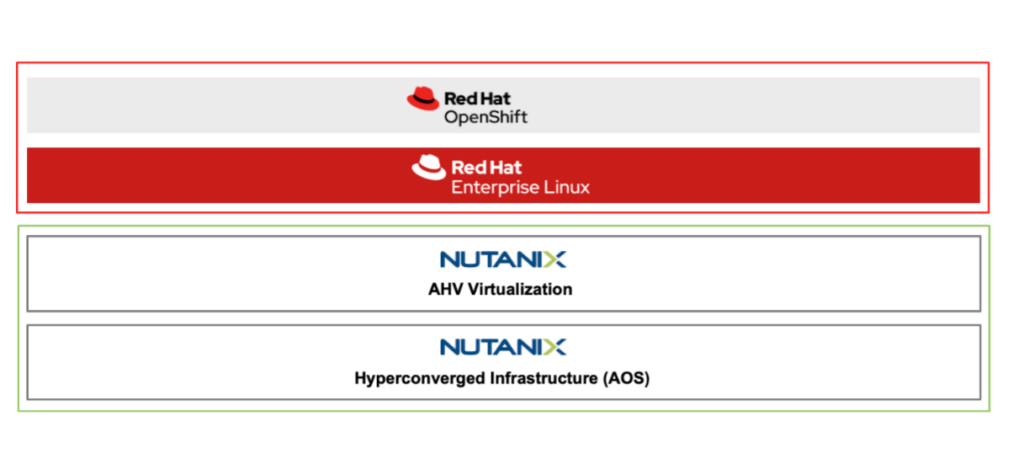Red Hat, Nutanix Ally to Spur OpenShift Adoption
Red Hat revealed today it is allying with Nutanix to help drive adoption of the Red Hat OpenShift platform based on Kubernetes on top of the virtual machine and operating system software deployed in hyperconverged computing environments.
The effort will result in easier installation and greater interoperability and management of Red Hat OpenShift and Red Hat Enterprise Linux (RHEL) on the Nutanix Cloud Platform, which includes both Nutanix AOS operating system software and the company’s AHV hypervisor software. IT teams will be able to contact either company for support.
Nutanix has been pursuing a two-pronged approach to hybrid cloud computing spanning instances of its virtual machine software deployed hyperconverged infrastructure (HCI) deployed in on-premises IT environments and an operating system that can be deployed on public clouds.
Ronald Pacheco, director for RHEL, notes that Red Hat has been pursuing a complementary hybrid cloud computing strategy based on instances of Red Hat OpenShift that can run in any on-premises IT environment or public cloud.
It will be 2022 before both companies deliver on all the promises being made today, but Red Hat OpenShift is the preferred enterprise choice for Kubernetes on Nutanix Cloud Platform. Conversely, Nutanix Cloud Platform is now a preferred choice for HCI for Red Hat Enterprise Linux and Red Hat OpenShift. IT teams are partial to the Nutanix HCI platform because it can typically be deployed in an on-premises IT environment in less than 30 minutes, says Pacheco.
Nutanix already provides Karbon, a distribution of Kubernetes, made available by Nutanix. However, the Kubernetes management framework provided by Nutanix also supports other distributions. In addition, Nutanix also makes its own platform-as-a-service (PaaS) environment available as an alternative to Red Hat OpenShift. Red Hat, meanwhile, also provides a wide range of tools for managing Kubernetes environments in collaboration with parent company IBM.
Both Red Hat and Nutanix are, of course, squarely focused on competing with VMware in the enterprise. Collectively, the two companies are able to match most of the VMware portfolio using a mix of open source and commercial software offerings that are typically priced less than their VMware counterparts. Both Red Hat and Nutanix are making the case for reducing the total cost of IT ownership using their approach. VMware, meanwhile, has embraced Kubernetes both as a platform that can be tightly integrated with its hypervisor as well as deployed in a standalone fashion under its Tanzu brand.
SUSE and Mirantis are other competitors that have a significant Kubernetes presence in on-premises IT environments.
It’s too early to say how the battle for control over Kubernetes-based hybrid clouds will play out when many organizations already employ distributions of Kubernetes managed by cloud service providers. Adoption of hybrid cloud computing using the Kubernetes application programming interface (API) has accelerated in the wake of the COVID-19 pandemic, notes Pacheco.
There are, of course, a raft of legacy monolithic applications running on virtual machines in on-premises IT environments that don’t make use of a Kubernetes API. However, the fight for the next generation of cloud computing is clearly underway.





